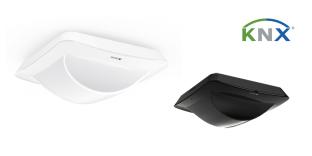By Yasmin Hashmi
We take a fond look back at some of the ground-breaking projects that have made KNX what it is today.
The very first KNX installation
When you first start a movement, particularly in pre-social media times, it’s far more likely that you would focus on making it grow rather than documenting your first steps. So how lucky we are to have the memory of KNX Association’s former President, Franz Kammerl, to draw upon to confirm that the first ever KNX project was a lighting control system in the education centre of the Niederbayern-Oberpfalz Handwerkskammer in Schwandorf, Germany.
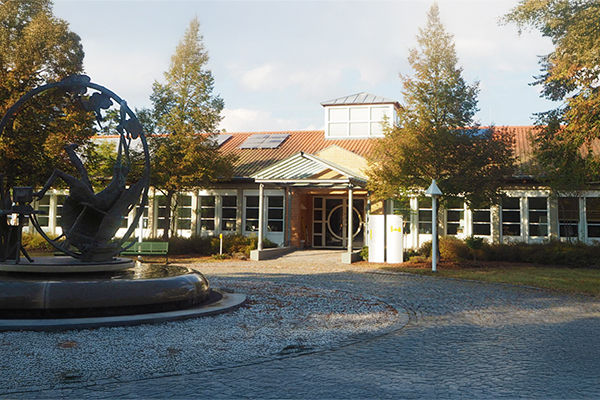
According to Mr Kammerl, the late Günter G. Seip, author of the Electrical Installations Handbook, former Director of Siemens, and first President of the EIB Association, was personally involved in the project. It required cooperation between the German installer association ZVEI and Siemens, and was carried out before the technology was officially commercially available. It used push buttons and binary outputs (6A DIN rail devices) for lighting control of training rooms, and according to the current head of PR and marketing for the Handwerkskammer, Heike Sigel, the majority of the original (then Instabus) components are still in operation, providing control of individual room, group, and central functions. What a fine example of the robustness and reliability of KNX!
Another example of KNX’s longevity is a residential project that was carried out in 2003 by Smarter Volts Company, in Ajaltoun, Lebanon. It consists of the very old generation of shutters, switch actuators and single-output dimmers which are mounted near the lighting fixtures, not inside a panel. Despite frequent power failures and the unstable electrical grid in Lebanon, the system is still robust and working smoothly, without the need for any intervention.
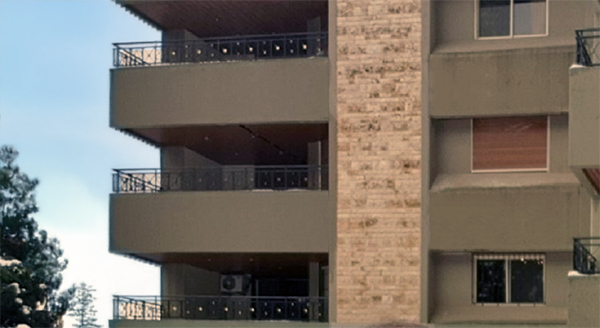
The first KNX demo home
Another strength of KNX is its flexibility in controlling of a broad range of functions through a huge choice of products. Demonstrating this can be a challenge, but CA Brachtendorf GmbH & Co KG stepped up to the plate with its Smartcube stand in 2005 – the first booth at the IFA fair to showcase home automation. The stand comprised a bedroom, bathroom, living room, and inside and outside entrance areas, with KNX integrating lighting, security, motorised windows, a weather station and an awning. The entire scene was visualised on a home server, and could be controlled via the living room television. This project won the 2006 KNX Award for Publicity.
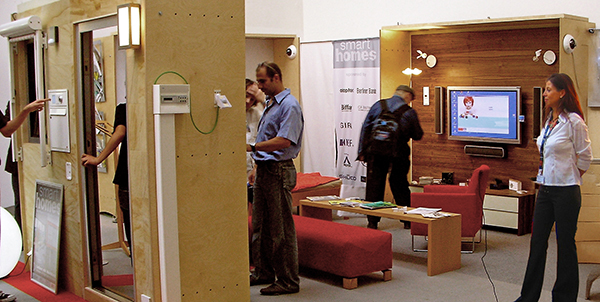
In 2010, the German electrical association, ZVEH, took on the mantle of providing the most impressive smart home demo, the E-Haus, which is now a mainstay of the biennial Light + Building show in Frankfurt. The E-Haus is full of KNX technology, mixed and matched from numerous vendors, for automating comfort, safety, security, assisted living and energy management and optimisation. It uses AI, voice control, sensors, live weather data and more to control lighting, security cameras, white goods and kitchen devices, PV energy generation and storage, e-charging and heat pumps, monitoring of electricity, water, gas and air quality, human-centric lighting, and various technologies for assisted and accessible living.
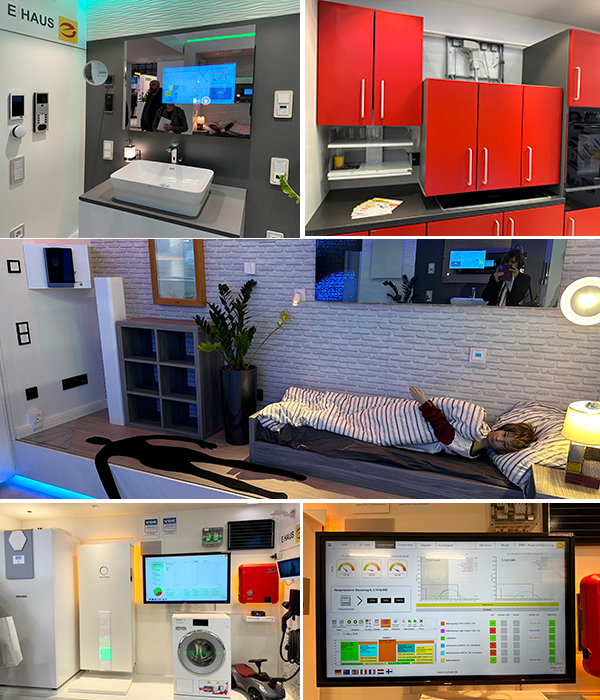
In the real world, there are so many examples of how flexible and comprehensive KNX control can be. In a 2022 KNX Award-winning project, systems integrator, Arqtech Automação, integrated KNX with iPad and smartphone controllers, voice assistants, keypads and thermostats to control virtually every aspect of the JMS Villa in Iguassu Falls, Brazil. This included security cameras, dimmable lighting, underfloor heating, an electric car charger, air conditioning, an irrigation system, an outdoor hot tub, towel warmers, mirror demisters, RGB pool lights, pool pumps, and a home theatre system. In addition to a weather station, the automation takes advantage of sensors for presence, brightness, smoke, CO2, water leaks, and open doors, windows, closet doors and lockers. Arqtech stated that KNX is a joy to work with because it allows them to work with a wide choice of brands and manufacturers from different countries and continents, which gives them freedom as integrators and ultimately benefits their clients.
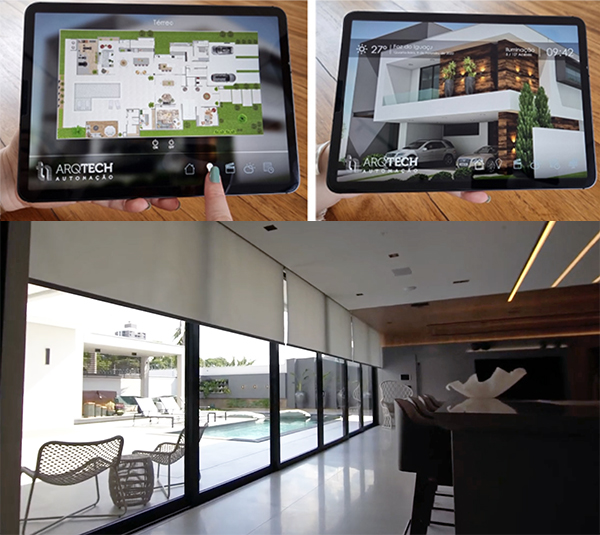
Setting the bar in energy management
KNX has always been used to save energy in buildings, but it reached new heights in 2013 with a ground-breaking project, ‘Finca los Miticos’, a rustic home situated in a remote area of Mallorca, Spain, where there is no grid power. Systems integrator, Smart Building Design GmbH, was tasked with finding a self-sufficient solution that controlled power from wind and solar, backed by an emergency power generator, as well as solving the issue of water supply, heating and sanitation. The telephone and Internet connection were provided via directional radio, and the television via satellite. The installed KNX system controls lighting, shading, heating, ventilation, and even the household appliances, which are adjusted to the available energy source using load shedding, but also the water level in the cistern and the oil level in the oil tank, which serves as backup for the solar thermal system and the 1000-litre storage tank. KNX also manages an alarm system and the monitoring of all technical building services – even the electrical fence surrounding the property. No wonder this project won both the KNX Special Award and the People’s Choice Award in 2014.
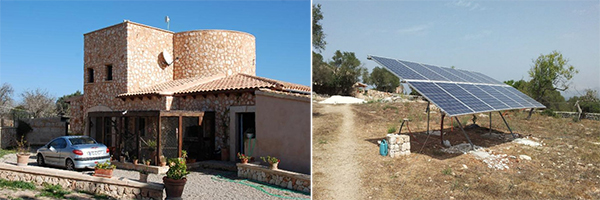
Given that 30-40% of global final energy is consumed by buildings, anything that can mitigate this has to be an essential part of the design. London’s City Hall was originally called The Crystal – a Sustainable Cities initiative by Siemens, built at the Royal Docks of the River Thames. It used passive and active design features to save energy, including a high-performance façade system, natural daylight and ventilation, green landscaping, solar panels, e-charging, ground source heat pumps, a solar thermal array, heat recovery, LED lighting, low-voltage switchgear and comprehensive KNX automation. The building was the first to achieve the highest sustainable building accolades from the world’s two leading accreditation bodies, LEED and BREEAM.
According to Abtec Building Technologies who installed the system, KNX was seen as the ideal choice as it allowed multiple disciplines to be easily linked, reducing the installation costs and ensuring interoperability. KNX also ensured the building was future proofed, because its flexibility ensures changes can easily be applied as the building develops and adopts new technologies.
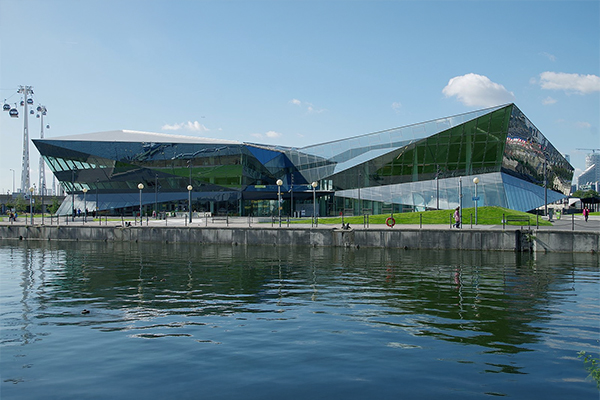
Heading towards the IoT city
KNX Association first presented the ‘smart city’ concept at the 2012 Light + Building show in Frankfurt, Germany. The core idea is to move beyond automating single buildings and leverage KNX’s interoperability and scalability to ensure that buildings, infrastructure, and energy systems interact and coordinate to create a sustainable and data-driven ecosystem for a city.
Taking a step towards this was the KNX Smart City & Office project in 2018 by Electra Control Systems (ECS) Palestine, located in the City of Rawabi, in occupied Palestine. This features a centralised system that streamlines control for offices, public spaces, and streets, and supports energy management and metering. The system uses advanced scheduling that integrates presence detection, parking ventilation, and city-wide lighting automation, with KNX controlling office and street lighting, HVAC, security and access control. According to ECS, facility managers benefit from intuitive control, while automated scene scheduling ensures smooth, energy-efficient operations.
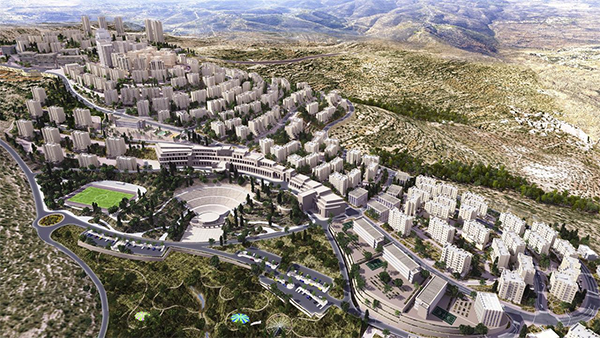
KNX Association developed the smart city concept further into the ‘IoT city’, first introduced at Light + Building in 2016. KNX IoT is already being implemented, and promises to transform cities of the future into more sustainable ones through the collection and communication of data, such as energy consumption, air quality and much more.
Indeed, this year, the 35th anniversary of KNX, saw the first real-world projects to employ KNX IoT. An example is The Shed, a dining, retail and co-working site in Bordon, Hampshire, UK.
Cascoda designed and deployed a system that integrates wireless KNX IoT sensors and routers to monitor key environmental factors such as temperature, humidity, CO2, volatile organic compounds etc. Electronic Media Services (EMS) Ltd complemented this by deploying an MQTT (Message Queuing Telemetry Transport) server, user-friendly dashboards, and a remote monitoring solution, enabling real-time monitoring, access and control without the need for on-site intervention. The wireless installation took just 90 minutes. According to Cascoda, this project serves as a blueprint for new business models for IT services companies, which can now begin to provide reliable, scalable building automation services.
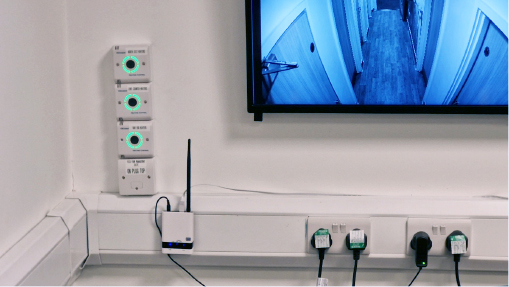
Conclusion
Over the years, there have been so many fantastic cutting-edge KNX projects that it is impossible to do them justice in a short series of articles. The above are just some of the notable examples of how KNX has developed over the past 35 years and offers not only longevity, but readiness for the future.
If you have a KNX project, make sure you submit it to the projects section of the KNX website. No matter how large or small, simple or complex, it serves as an example of why KNX is the logical choice for any building automation project.
Yasmin Hashmi is the Editor of KNXtoday magazine.










